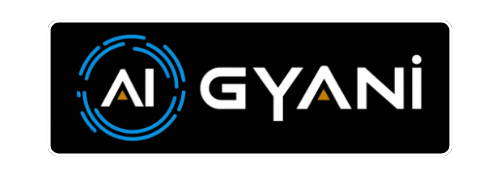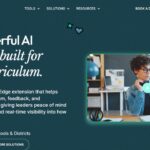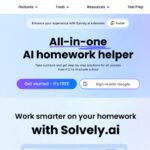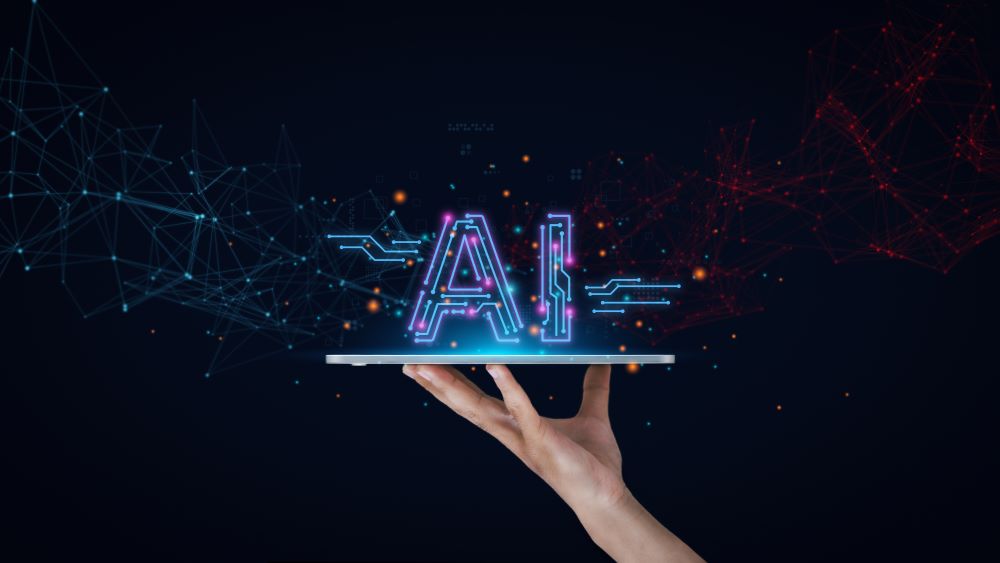Artificial Intelligence (AI) is changing fast – faster than most of us realize. But for many people, AI still just means “ChatGPT.” That’s it.
If you’re someone who’s only used ChatGPT and nothing else, then you’re missing the bigger picture. Honestly, you might be getting left behind. And in the world of AI, the gap between those who use it and those who don’t is only growing wider.
But here’s the good news: You can catch up. Whether you’re a student, freelancer, content creator, or just someone curious about technology, this blog post will give you a simple, 4-stage plan to understand and grow with AI.
Let’s dive in!
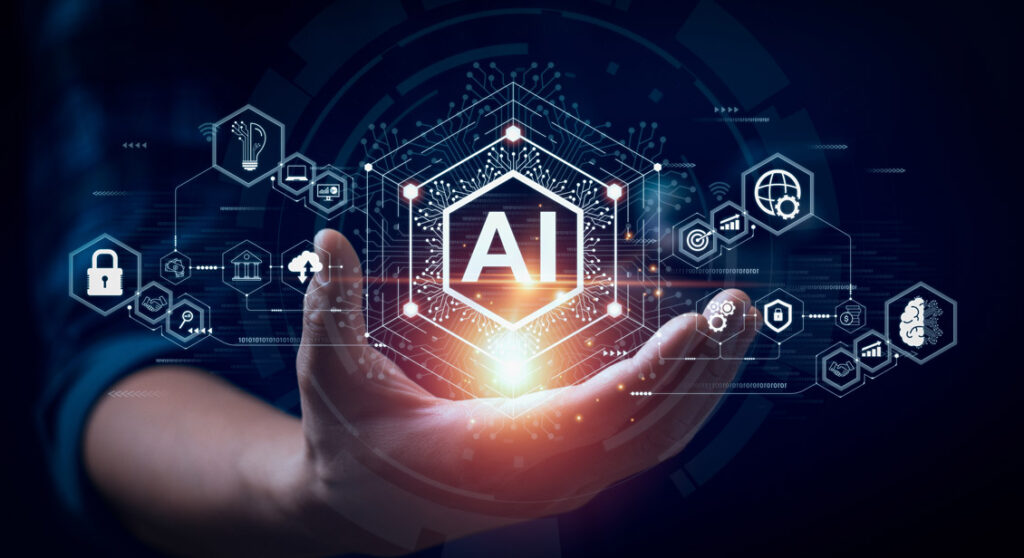
Stage 1: Play with AI Tools
The first and easiest step to start your AI journey is: just play with AI tools!
That’s right. Don’t think too much. Don’t wait to become an expert. Just start using tools and explore what they can do. The more you use them, the less scary and confusing AI will feel.
You already know ChatGPT. But do you know there are thousands of other AI tools out there — each built for a different purpose?
Here are some examples:
- ChatGPT / Gemini / Claude: These are AI writing tools. You can ask them to write blogs, emails, stories, or even poems.
- Midjourney / DALL·E / Leonardo AI: Want to turn words into beautiful images? These tools can generate pictures from just a description.
- ElevenLabs / PlayHT: AI voice tools that can read text aloud in human-like voices.
- Runway ML: Make videos with the help of AI — add effects, remove background, or generate new video clips!
- Canva Magic Studio: Design presentations, social media posts, and more, powered by AI suggestions.
- GitHub Copilot / Replit: Coding assistants that help you write better code — even if you’re just learning.
So how do you discover all these tools?
Simple — visit an AI directory. These are websites that collect and list AI tools from all over the internet. You can browse them by category (writing, design, coding, etc.) and find the perfect tool for your needs.
Top AI directories:
- Futurepedia.io: Over 2500 AI tools listed and updated daily.
- There’s An AI For That: Search for tools by task — from writing a tweet to designing a logo.
- Toolify.ai: Clean, easy-to-navigate list of AI apps for everything.
👉 Your goal in Stage 1 is to get comfortable with AI tools. Try as many as you can. You’ll slowly start to see how powerful and helpful they are.
Stage 2: Understand How AI Works (In Simple Words)
Once you’ve played with a few tools, the next step is to understand what’s happening behind the scenes.
You don’t need to become a computer scientist — but knowing the basics will help you use AI tools better.
So, what is AI, really?
At its core, AI means machines that learn from data. Think of it like this:
Just like a baby learns to recognize dogs and cats by seeing lots of pictures, AI also learns from examples. This process is called machine learning.
Here are a few simple terms to know:
- Machine Learning (ML): A method where computers learn patterns from data without being explicitly programmed. Example: An AI model sees 1,000 pictures of cats and learns how to recognize cats in new images.
- Neural Networks: These are models inspired by how our brains work. They process data in layers and are used in tools like ChatGPT, image generators, and speech recognition.
- Training Data: The examples we give AI to learn from. The more (and better) data we provide, the smarter the AI gets.
- Large Language Models (LLMs): These are special AI models trained on huge amounts of text. Tools like ChatGPT and Gemini are LLMs — that’s why they can talk like humans!
Bonus: When you understand how AI works, you also start understanding its limitations. For example, ChatGPT sometimes “hallucinates” (makes up answers). Why? Because it’s predicting what to say based on patterns — not real-time facts.
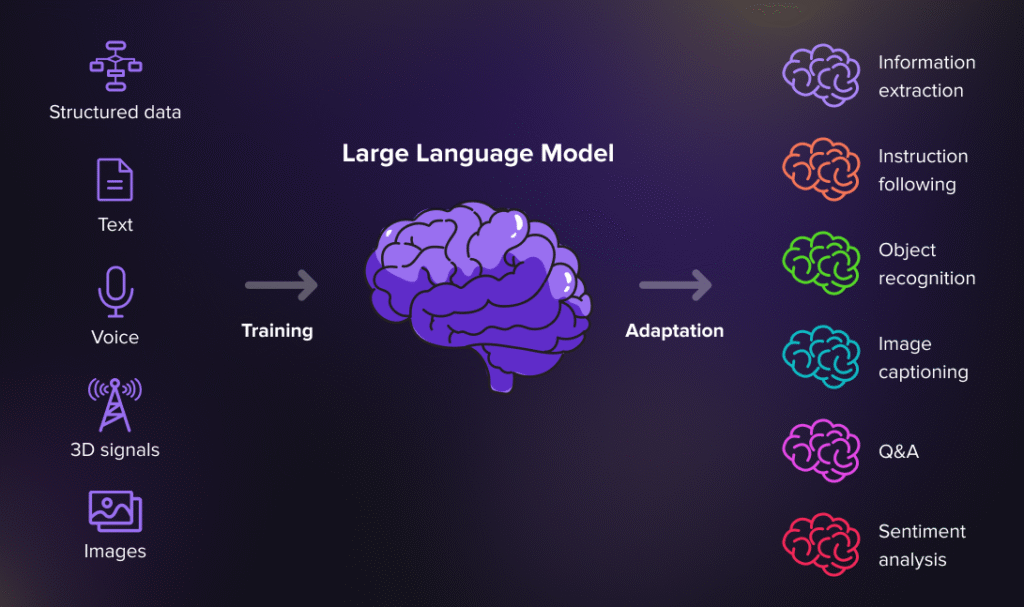
Want to learn these basics for free?
- Google’s Teachable Machine – Train your own mini AI model in minutes.
- Kaggle.com – Beginner-friendly platform with datasets and AI courses.
- YouTube Channels like freeCodeCamp or Simplilearn have great videos explaining AI concepts in plain English.
👉 Your goal in Stage 2 is to build AI “literacy.” Not too deep — just enough to know what’s possible, what’s not, and how to talk about AI confidently.
Stage 3: Build AI Automations (Agents)
Now you’re using AI tools AND understanding how they work. Awesome! The next step?
Let AI work for you — automatically.
Welcome to the world of AI agents and automation.
Imagine telling an AI:
“Search the web for digital marketing tips, write a blog draft, and send it to my Notion.”
And it does it — without you lifting a finger.
That’s the power of AI agents.
Examples of AI agents & tools:
- Auto-GPT / AgentGPT: These tools let AI complete multi-step tasks. Just give it a goal, and it figures out the steps.
- ChatGPT + Code Interpreter / Advanced Tools: Can do math, read files, generate charts, etc.
- Zapier AI / n8n: No-code tools that connect your apps. You can create AI-powered workflows (e.g., when a form is filled, generate a reply using ChatGPT).
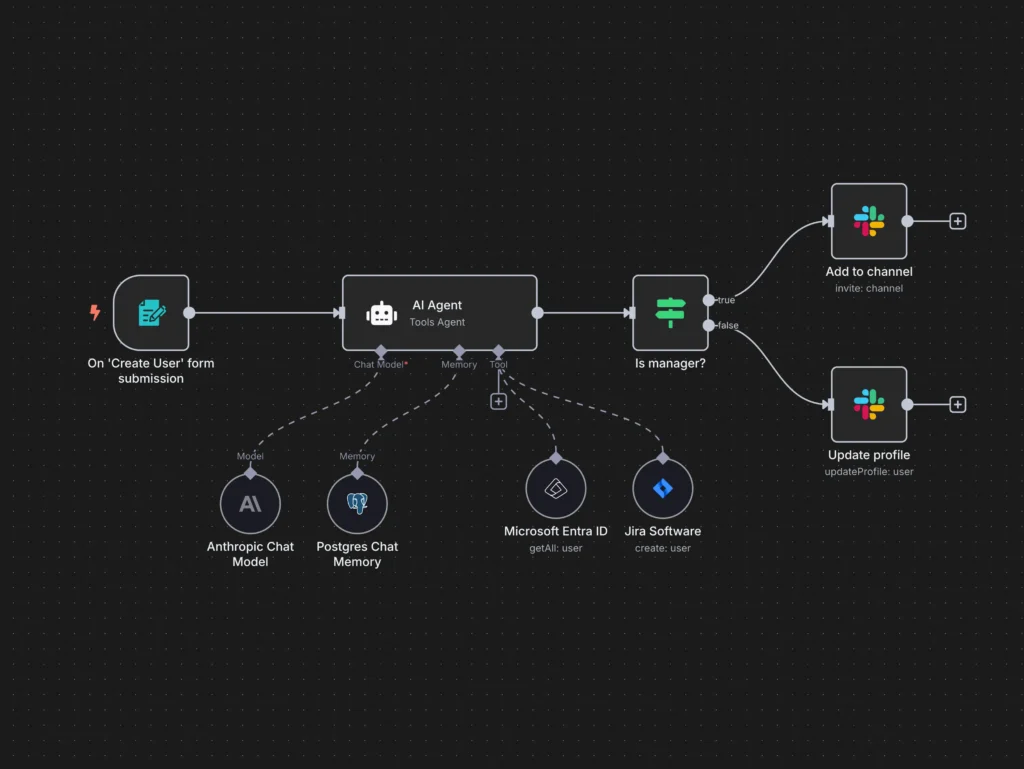
Real-life ideas:
- AI that writes email replies for you
- AI that does research and creates summaries
- AI that creates client reports or social media posts daily
👉 Your goal in Stage 3 is to stop doing repetitive tasks manually — and let AI agents handle them for you. You’ll save hours every week.
Stage 4: Build Your Own AI Products
Now comes the final (and most exciting) stage: Become a creator, not just a user.
That means building your own AI-powered tools, apps, or services.
Scared? Don’t be.
Thanks to no-code and low-code platforms, anyone can build something useful — even without knowing how to code!
Examples:
- Bubble.io / Glide Apps / Softr: Build full apps using drag-and-drop tools. Connect them with AI APIs like OpenAI or Stability AI.
- Replit / Hugging Face / GitHub: For those with basic coding skills, these platforms let you build custom apps, fine-tune AI models, or even publish your own tools.
Ideas for simple AI products:
- A quiz generator for teachers
- A meal planner app using AI
- A chatbot for customer service
- A video editor that suggests cuts and music using AI
Remember: AI is a superpower — but it’s more powerful when you create with it.
Final Thoughts
AI isn’t just a trend — it’s a skill that will shape the future.
And the best part? You don’t need to be a tech genius to get started. You just need curiosity and a willingness to explore.
Here’s a quick recap:
- Play with AI tools – Try different AI apps and understand what they can do.
- Learn the basics of how AI works – So you can use tools wisely and spot new opportunities.
- Automate with AI agents – Let AI do boring tasks for you.
- Create your own AI tools – Start building apps or services powered by AI.
So what are you waiting for?
Open up an AI directory. Try a new tool today. And start your journey into the world of AI — one small step at a time.
Let the future begin. 🚀
